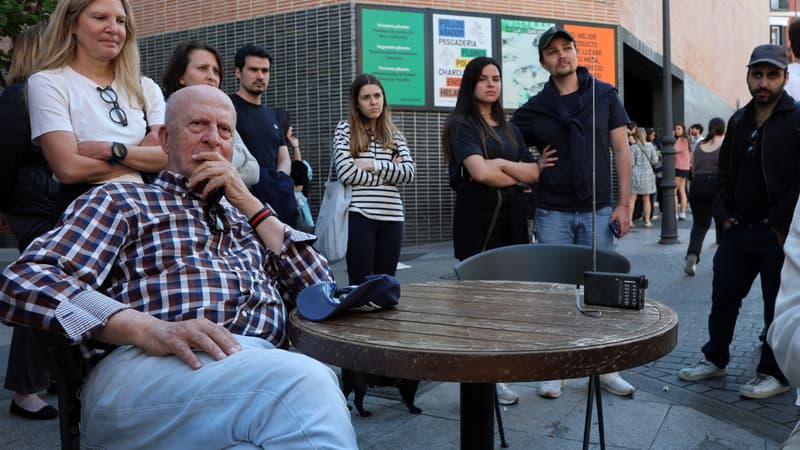General electric break -ups such as the one that Spain and Portugal hit on Monday can have multiple causes, but the event already highlights a certain “vulnerability” of the regional system of the Iberian Peninsula.
Why is the cause still clearly identified?
The electricity grid is a spine that includes thousands of interconnected components. “Network operators must carefully analyze huge amounts of real -time data,” such as frequency changes, line failures, the state of production energy plants, “to track the sequence of the event,” Pratrateksha Ramdas, an analyst at Rystad Energy, told AFP.
What are the usual causes?
The breakdowns are often caused by the sudden trial of a production center due to a technical danger or a shortage of fuel to supply thermal plants.
In recent years, events such as storms, earthquakes, forest fires, extreme or cold heat, sometimes intensified by climate change, have been able to damage infrastructure or create demand peaks for heating or air conditioning.
Other possible causes: overloads in high voltage lines, which force excess electricity to move in other cyber lines and attacks, an increasingly cited threat, due to increasingly digitized networks. The Spanish justice has announced an investigation into a possible “computer sabotage”, the Sánchez government emphasizes that “no hypothesis” is ruled out.
Imbalance between the supply and the application?
In Europe, the electrical frequency in the network is calibrated in the 50 Hertz standard (Hz).
A frequency lower than this level means that there is not enough electricity produced in relation to demand; Up, this means that less current should be produced. It is the work of the operators order in real time in the power plants to produce more or less, depending on the demand, and maintain the frequency.
If the frequency moves away from 50 Hz, automated protection systems are activated to cut parts of the network to avoid the harmful equipment. Chain disconnections that led to the generalized failure.
How did all this start? Difficult to say.
“One of the factors that has probably contributed to instability is the low interconnection between the Peninsula and the rest of the Western Europe Network, which means that there was not much inertia in this part of the network to amortize the oscillations” on the Spanish side, according to Michael Hogan.
But it is a possible factor and not the main cause. “It will probably be the failure of one or two main transmission facilities, which have then extended to other connected parts of the network, but the cause of this initial failure has not yet been determined,” he adds.
What impact of renewable energies?
In Spain, about 40% of the electricity produced is of solar and wind origin. At noon on Monday, it was even around 70%, at a time of low demand.
However, unlike the gas power plants that “need a few minutes to begin with”, “the production of solar and wind energy cannot be controlled at the request and, often, it must be reduced,” one said in Rystad Energy.
The group of European managers of electricity transport networks, ETSO-E, had warned on April 18 the risks of solar overproduction when it approached the sunny days.
Monday’s breakdown is a “warning”, for Rystad: “Without stronger resistance nationwide and without better regional coordination, future networks failures could have even more serious consequences.”
“Without sufficient flexibility measures, such as storage, fast starting energy plants or solid interconnections, high variations in renewable energy production can destabilize the network,” explains analyst Pratrateksha Ramdas.
Critics of renewable energies spread immediately on social networks after collapse, but Michael Hogan remembers that giant cuts of this type, in the past, have been “almost always” caused by transmission and not production problems.
Lion Hirth, a professor of energy policy at the Hertie School in Berlin, considers “likely” that “a system with very little” conventional “production (nuclear, gas, coal, hydroelectricity) has less inertia of amortization, that is, it is more inclined to such oscillations become uncontrollable.”
While remaining cautious, he believes that “the fact that the Iberian system worked mainly for wind and solar energy on Monday at noon did not help.”
Source: BFM TV


